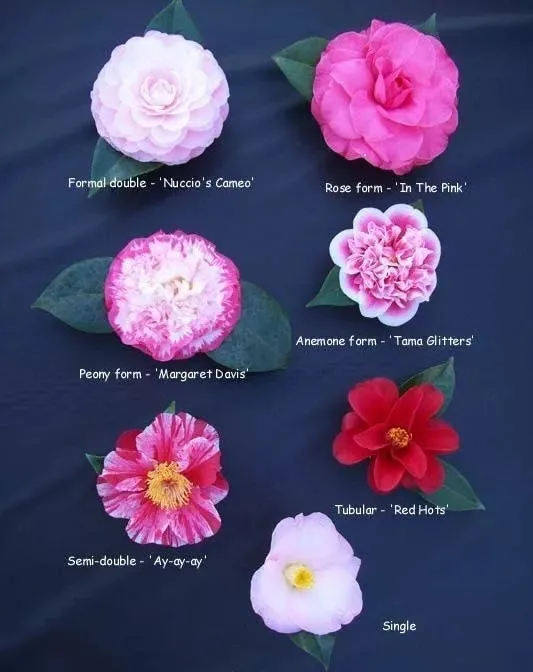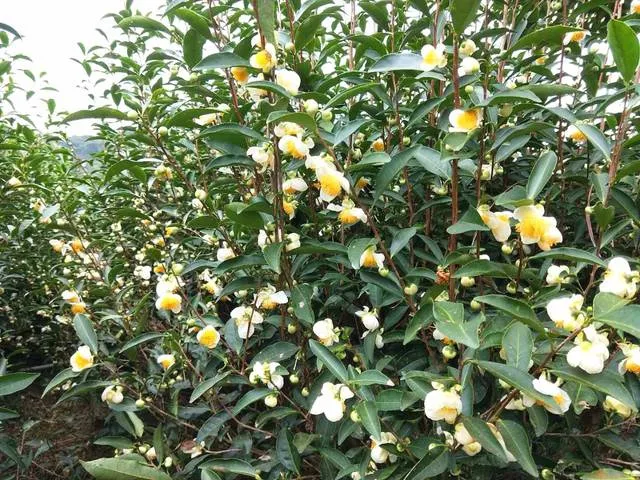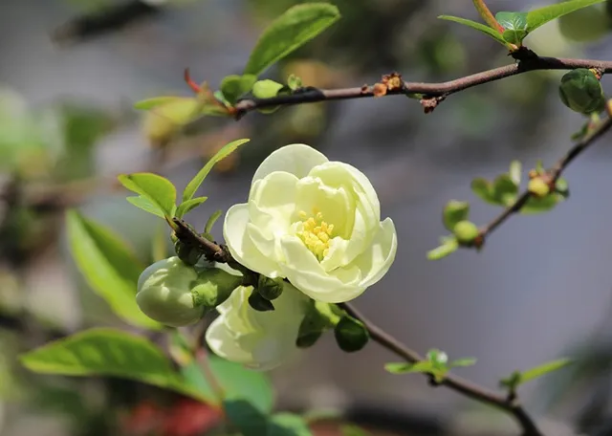“La Traviata” is called “La Traviata”, because heroine Margaret natural disposition partiality camellia, every time go out, carry must take camellia, in addition to camellia outside, no one has ever seen her also take other flowers.
In the book, there is also a detailed description of Margaret’s special habit of wearing camellia: for 25 days in a month, The camellia Margaret wore was white, while for the other five days, the camellia she wore was red. No one could figure out the reason why the camellia changed color, and I could not explain the reason.
Camellia ≠ the flower of tea tree
Strictly speaking, Margaret’s camellia does not refer to tea flowers alone, but a special mixture. The name camellia can be used for flowers of any plant of the genus Camellia in the camellia family, and camellia is one of the best known.
Camellia is a genus of camellia in the Camellia family, belonging to China’s traditional ornamental flowers, one of the top ten famous flowers in China, with the reputation of “delicate guest in flowers”, originated in eastern China, the Yangtze River Basin, the Pearl River Basin and all over Yunnan.
The tea we drink on weekdays also belongs to theaceae, Camellia genus, white petals, golden stamens, like gardenia, but smaller than gardenia, usually grow in the leaf axils of tea tree branches, most of which have 2 to 4 inflorescence.
Lu Yu, the saint of tea, described tea plant flowers as “white roses” in the Book of Tea.
However, many tea farmers believe that tea plants will compete for water and nutrients with tea leaves, so in order to ensure the yield of tea leaves, tea farmers have to pinch the flowers painstakingly every year.
In fact, tea tree flowers contain tea polyphenols, amino acids, tea polysaccharides, proteins, saponins and other substances beneficial to human body account for more than 90%, with detoxification, lipid-lowering, hypoglycemic, anti-aging, anti-cancer, anti-cancer, nourishing, strong body, beautifying, beauty and many other effects.
Post time: Oct-14-2021




